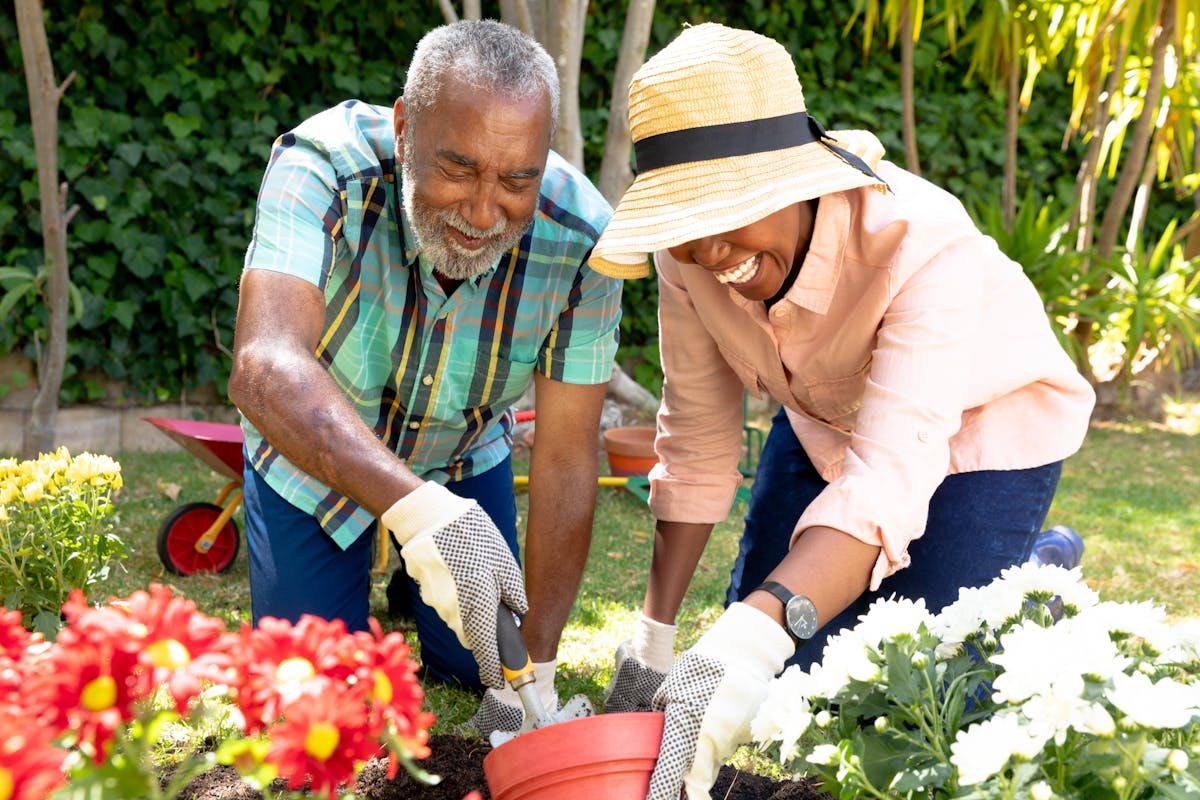Tips for Planning an Accessible Garden for Seniors

Tending a garden, whether it’s vegetables or flowers, can bring about many mental and physical health benefits. The hobby is known to boost the spirit, reduce stress, improve core strength, and more. But for seniors with mobility struggles, it’s a pastime that can present challenges. For example, getting up and down to weed flower beds and dragging hoses around the yard become more difficult with age.
Fortunately, there are steps you can take to make this beneficial hobby safer for many older adults. Here are a few suggestions you may find useful.
Ways to Make Gardening Safer and More Accessible for Seniors
- Carefully plot the garden
The first tip we have is to carefully plan the design of your garden. Think through how you can incorporate the flowers and vegetables you like, but in a way that minimizes the work needed to care for them. For example, group similar plants together. Locate plants that require frequent watering closest to a water spigot. That will mean less pulling hoses around the yard.
Other examples are to cluster together plants that need deadheading so you don’t have to get up and down from the ground multiple times. And locate herbs, veggies, and flowers you want to cut for indoor arrangements nearer to the door.
- Incorporate raised beds and containers
Growing your gardens in raised beds and containers eliminates the need to get up and down from the ground, which lowers the risk of a fall. Seniors with mobility problems or back pain will especially appreciate this. When herbs, flowers, and vegetables are planted at waist level, watering, weeding, and harvesting are all easier.
Another advantage is that raised beds and containers can be placed anywhere in the garden, from the patio to the front porch. That makes it even easier for people with disabilities or aging-related health issues to continue to garden.
- Grow native plants
Another way to minimize the work associated with gardening is to primarily choose plants that are native to your area. They usually require less frequent watering and fertilizing. If you aren’t sure what those are, talk with local growers at nearby greenhouses and nurseries. Another option is to search online databases like Native Plant Finder. Also, look for pest-resistant plants. That will help cut down on maintenance.
- Install a drip irrigation system
Before you dismiss this suggestion because it sounds too expensive, know that these systems come at a variety of price points. Talk with garden experts at your local home improvement store to explore your options. They may even have contractors who can help with the installation.
- Trade the wheelbarrow for a garden cart
While many gardeners think a wheelbarrow is an ideal way to move heavy supplies around, a four-wheeled garden cart is usually a better choice. It can be pushed or pulled with less physical effort than a wheelbarrow, which often requires some lifting. Some carts are even designed with a dumping feature that makes unloading easier.
- Use slow-release fertilizer
One more tip is to use a slow-release fertilizer. Fertilizer pellets that are inserted into the soil are often a good option. They allow you to simply “set and forget.” That’s not only more convenient but also much safer than fertilizers that attach to the end of a hose.
If you are looking for more ways to reduce the risk for experiencing a health problem during the warmer days ahead, Tips to Have a Safe Summer has good information.
Invest in a Mobile Monitoring Device
Our final suggestion is to invest in a mobile monitoring device. In the event you experience an emergency while working in the garden, a simple press of a button on the unit can connect you with help. Call 1-844-203-5617 today to learn more!